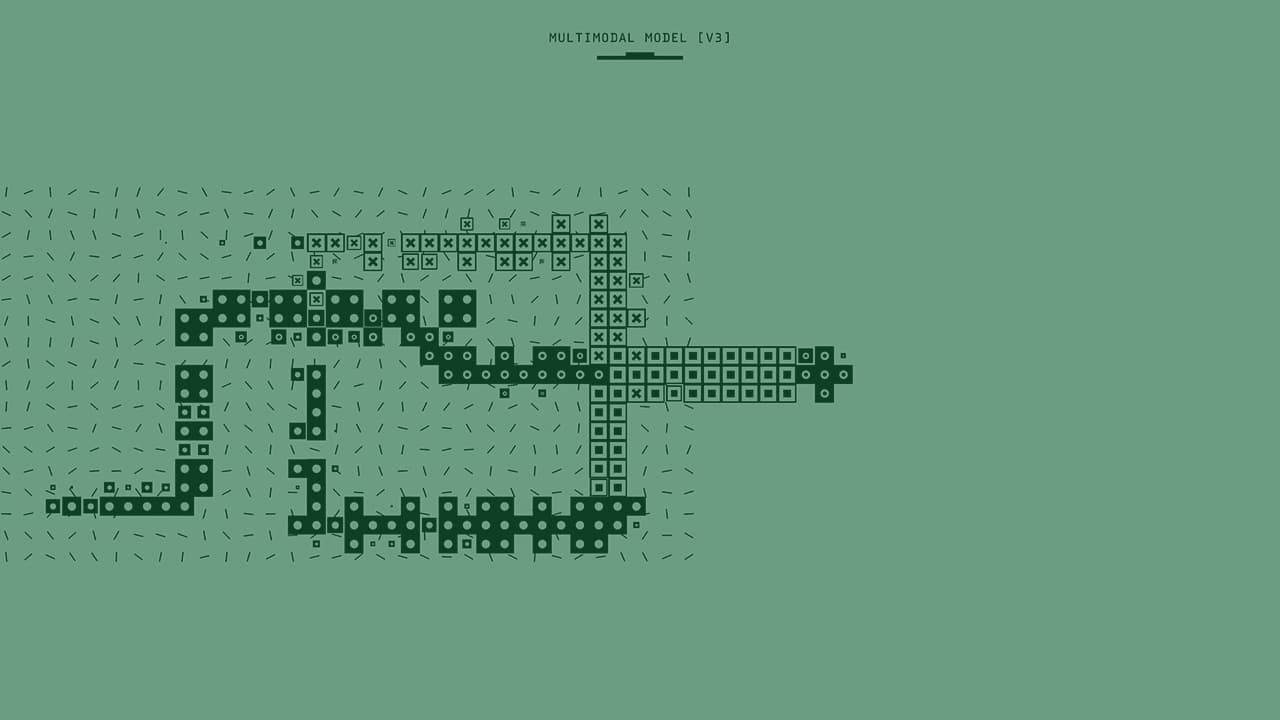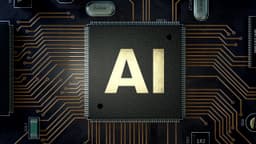Understanding the Difference: Agent vs. RAG
When we look into the world of artificial intelligence and automation, two key terms often come up: Agents and RAGs. These are tools and concepts that help make our digital lives easier and more streamlined. But what exactly are they, and how do they differ? Let's dive into these intriguing technologies.
What is an Agent?
An Agent in the context of computer science and artificial intelligence is a software program that performs tasks on behalf of a user. Agents are often depicted as autonomous entities that can monitor, make decisions, and act upon environmental inputs to achieve specific goals. Think of them as digital assistants that can carry out tasks without needing constant supervision.
Key Features of Agents:
-
Autonomy: Agents have the ability to operate independently. They can make decisions without direct intervention from users or other systems.
-
Reactive and Proactive: Agents can respond to changes in their environment (reactive) or act in anticipation of future events (proactive).
-
Learning and Adaptation: Many agents can learn from their experiences and improve their performance over time.
Examples of Agents
- Chatbots: Programs like the ones used by OpenAI that can converse with users and respond to queries.
- Virtual Assistants: Tools like Siri, Alexa, and Google Assistant that perform tasks like setting reminders, sending messages, and providing information.
What is RAG?
RAG stands for Retrieval-Augmented Generation. This is a concept used primarily in natural language processing. Instead of trying to generate text from scratch, a RAG system retrieves relevant pieces of information from a large dataset and uses them to generate responses or complete tasks.
Key Features of RAG:
-
Information Retrieval: RAG systems excel in finding relevant information from a vast corpus of data.
-
Augmented Generation: They combine the retrieved information with advanced generative models to produce high-quality outputs.
-
Accuracy: The use of real, previously gathered data allows RAG systems to provide accurate and contextually relevant answers.
Examples of RAG:
- Search Engines: Google and Bing use RAG-like techniques to provide the best possible results for your queries.
- Knowledge-Enhanced Chatbots: Chatbots that use technological advances to provide more precise and contextually appropriate answers.
Differences Between Agent and RAG
Purpose and Functionality
Agents are generally used to perform tasks autonomously. They can interact with different systems, users, and environments to complete specific assignments.
RAG, on the other hand, is focused on enhancing the quality of generated information by first retrieving the most relevant data. Its use is primarily in improving the quality of information retrieval and text generation.
Learning Capabilities
Agents often come with built-in machine learning algorithms that allow them to learn from past actions and improve over time. They can adapt to new situations based on previous learning.
In contrast, RAG typically depends more on pre-existing datasets, meaning its capability to learn and adapt lies in the quality and breadth of the data it can access.
Interactivity
An agent is usually designed to interact with users or other systems. It can take commands, respond to user queries, and perform actions. It is highly interactive.
RAG systems are less about interaction and more about providing informative and accurate responses. While they are used in interactive applications, the core technology itself is not focused on human-like interactions.
Independence
Agents might work with a degree of independence that allows them to perform several complex tasks autonomously.
RAG systems rely heavily on the data they pull from, meaning they are less autonomous and more tied to the completeness and relevance of their data sources.
Versatility
Agents can be used in a variety of applications, from bots managing customer service chats to complex systems automating industrial processes.
RAG systems are more specialized and are often used in scenarios where the quality of generated text is paramount. Examples include search engines, advanced chatbots, and knowledge-based systems.
Both Agents and RAG have their unique strengths and are used in different contexts according to their capabilities. Agents are perfect for autonomous task management and complex interactivity, while RAG systems shine in providing top-notch, contextually relevant textual information. Knowing their differences helps in choosing the right technology for the right job, making our digital toolbox even more powerful.












